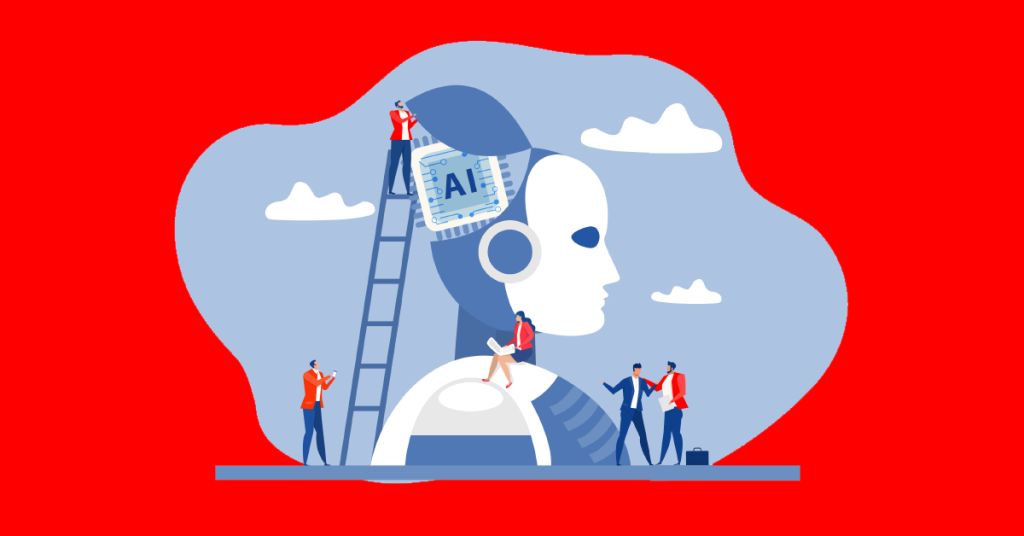Scrolling through social media has become a ubiquitous part of our daily lives. Today, it’s much more than an entertainment medium. Be it catching up with friends, discovering new trends, or staying informed about the world, social media serves as a powerful hub for communication and connection. And you can’t but notice how the content you see on your feed seems tailored just for you. That’s how content personalization works.
For users, it enhances the overall social media experience by making it more relevant, engaging, and enjoyable. When it comes to a commercial component, the Salesforce report states that 73% of consumers expect brands to be aware of their needs, and 56% think that all customer offers should be personalized.
For businesses and content creators, personalization is a powerful tool for driving user involvement, increasing conversion rates, and boosting revenue. Thus, research proves that personalization increases revenue by 10-15%. Targeted content delivered to the right audience at the right time can maximize the impact of marketing efforts and help businesses build stronger relationships with their customers.
How do social platforms pull off the feat of content personalization at scale, though? Machine learning (ML) is the brain behind this operation. Keep reading to learn more and understand the mechanics of ML-based social media content customization.
Understanding Machine Learning in Social Media Content Personalization
Machine learning is a subset of artificial intelligence that focuses on developing algorithms capable of learning from data. Instead of being explicitly programmed to perform a task, these algorithms use statistical techniques to identify patterns and make decisions based on the input data. In the context of social media (SM) content personalization, ML algorithms analyze huge amounts of user-related data to deliver content that is most relevant to each individual.
To tailor content, ML hinges on a few major categories of data such as:
- User profile data embrace demographic information, location, language, interests, and preferences that users provide when creating their profiles.
- Behavioral data encompasses user interactions on the platform, such as likes, comments, shares, clicks, and browsing history. This type of data provides valuable insights into user preferences and interests.
- Content data refers to the attributes of the content itself, such as text, images, videos, hashtags, and metadata. Analyzing content data allows platforms to recommend relevant content to users based on what they like and prefer.
- Social graph data stands for information about the connections and relationships between users, such as friends, followers, and groups. This info helps platforms understand the social context in which content is shared and consumed.
ML algorithms used in social media content personalization include:
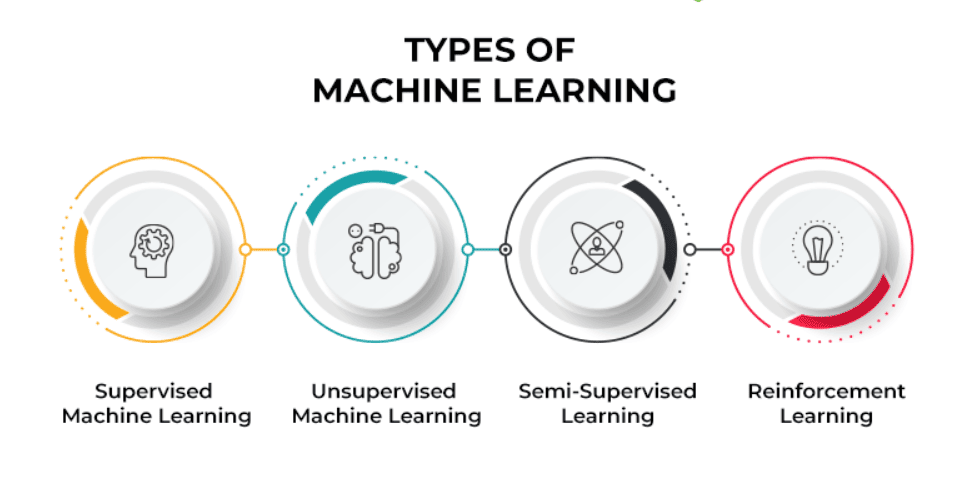
- Supervised Learning: The algorithm is trained on labeled data, where each example is associated with a target output. For example, a social platform might use supervised learning to predict which posts a user is most likely to engage with based on their past interactions.
- Unsupervised Learning: It involves training algorithms on unlabeled data, allowing them to discover hidden patterns or structures within the data. This can be useful for clustering users into groups based on similar interests or behavior.
- Reinforcement Learning: In this case, algorithms learn to make decisions by interacting with an environment and receiving feedback in the form of rewards or penalties. In social media, reinforcement learning could be used to optimize content recommendations based on user engagement metrics.
Leveraging deep data analysis and advanced algorithms, ML individualizes the content that users see on their feeds, from recommended posts and ads to suggested friends and groups. ML algorithms continuously learn from user interactions and feedback to adapt and refine their recommendations over time, ensuring that the content served to users remains relevant and compelling.
Benefits of Using ML for Content Personalization on Social Media
Beyond serving entertainment and communication purposes, recently, SM platforms have been widely used for commercial operations, with over 96% of companies leveraging SM for their marketing strategies. About 71% of customers who had positive brand experience on SM tend to share their impressions and provide recommendations to others. Guess what stands behind that positive experience? Right! It’s personalized content to a great extent.
However, while 84% of businesses accept the importance of ML and AI for creating much-valued personalized experiences, only 17% of marketers actively use smart tech for that. When it comes to SM content personalization, though, ML can become a real game-changer. The benefits it offers in this realm provide more than enough reasons for marketers to embrace the power of ML-enabled Sm content customization.
Increased User Engagement

Using immense volumes of data continuously circulating on SM, ML algorithms come up with content recommendations specifically tailored to each user’s interests. ML-powered personalization not only gets users hooked but also keeps them engaged and involved, leading to longer session durations, increased interactions, and a more satisfying SM experience they are eager to share within their networks.
Improved Content Relevance
Gone are the days of sifting through irrelevant posts or ads. ML implements advanced data analytics to discern patterns in user behavior and preferences, enabling SM platforms to deliver content that is highly relevant, meaningful, and valuable to individual users. Whether it’s suggesting interesting articles, recommending products, or highlighting trending topics, users are consistently presented with content that resonates with their interests and speaks to them.
Enhanced User Retention
Content tailored to individual preferences fosters a deeper sense of connection and involvement for users. They feel as if someone takes care of them and knows exactly what they want. Heightened engagement not only encourages users to spend more time on the platform and interact with specific categories of content and information but also increases the likelihood of repeat visits and interactions. As a result, ML-powered personalization is crucial for enhancing user retention and driving long-term loyalty, and satisfaction.
Optimized Advertising Effectiveness

For businesses using SM as a marketing tool, ML-enabled personalization offers unparalleled opportunities to optimize advertising campaigns. Through detailed analysis of user demographics, behavior, and preferences, smart algorithms help advertisers target their audience with precision. Ads are shown to users who are most likely to be interested in their products or services. Such a user-focused approach maximizes the effectiveness of advertising efforts while minimizing ad fatigue and enhancing overall user experience.
Keeping up with trends in the media and entertainment industry is crucial for adapting these advertising strategies effectively. By analyzing the trends in the media and entertainment industry, marketers can anticipate shifts in consumer preferences and adjust their campaigns accordingly. This ongoing adaptation to the trends in the media and entertainment industry ensures that the content remains relevant and engaging to the audience, thereby boosting campaign performance.
Real-Time Adaptability
Social media is an ever-evolving field where trends and preferences can change rapidly. ML excels in real-time analysis and adaptation. Smart algorithms continuously learn from user interactions and adjust content recommendations accordingly. By identifying emerging trends, catching up with shifting user preferences, and optimizing content delivery based on contextual factors, ML-based personalization ensures that SM platforms remain agile and responsive to evolving user needs.
ML Techniques for SM Content Personalization
Now that we’ve peeked behind the scenes to understand how social media platforms gather and analyze data, let’s explore ML techniques used to turn that data into personalized content experiences.
Collaborative Filtering
Imagine you’re at a bookstore, trying to decide which book to read next. You might ask a friend who shares your taste in books for recommendations. That’s basically how collaborative filtering works. It monitors the preferences and behavior of similar users to make further personal recommendations.
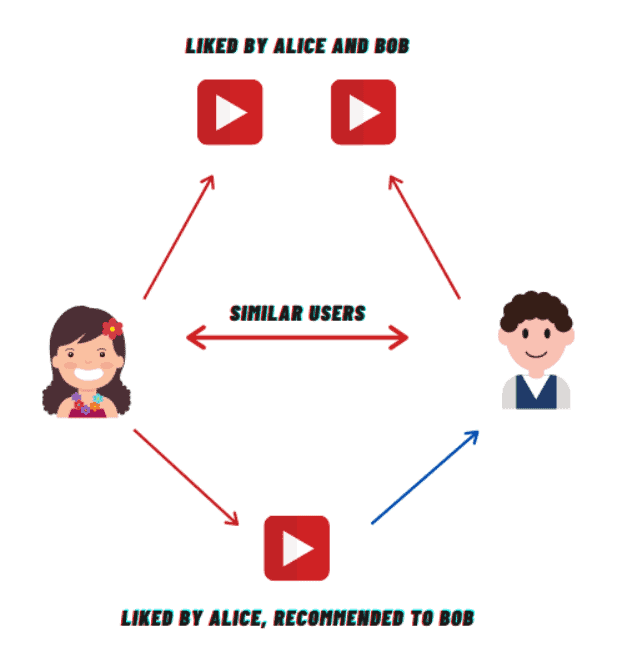
In SM, collaborative filtering algorithms analyze data from a large group of users to identify patterns and similarities in their habits and behavior. If users with similar interests tend to engage with certain types of content, the algorithm might recommend that content to you as well, based on the assumption that if others like it, you might too.
Collaborative Filtering
Content-based filtering takes a slightly different approach. Instead of relying on the behavior of other users, content-based filtering focuses on the characteristics of the content itself to make recommendations.
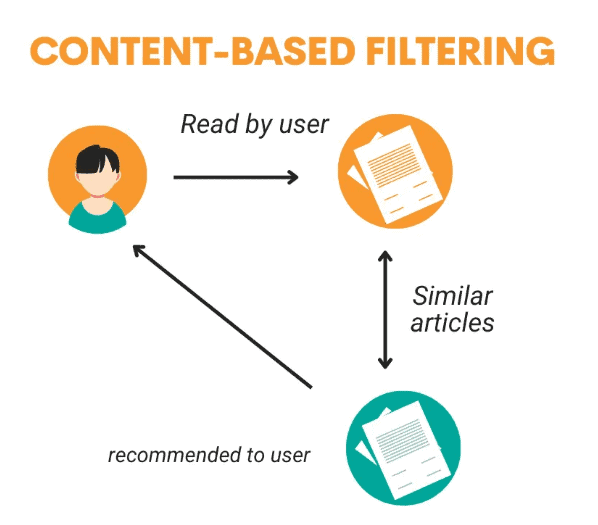
Let’s say you’re reading news articles on a website. Content-based filtering algorithms analyze the characteristics of each article such as its topic and writing style to recommend similar articles based on your preferences. On social media platforms, this might involve analyzing the content of posts, such as keywords, hashtags, or image recognition, to recommend content that matches your interests. This type of filtering can provide highly personalized recommendations by closely comparing the intrinsic qualities of the content you engage with.
Hybrid Approach
Why choose between collaborative and content-based filtering when you can have the best of both worlds? Hybrid approaches leverage the strengths of both techniques to enhance the accuracy and diversity of content recommendations.
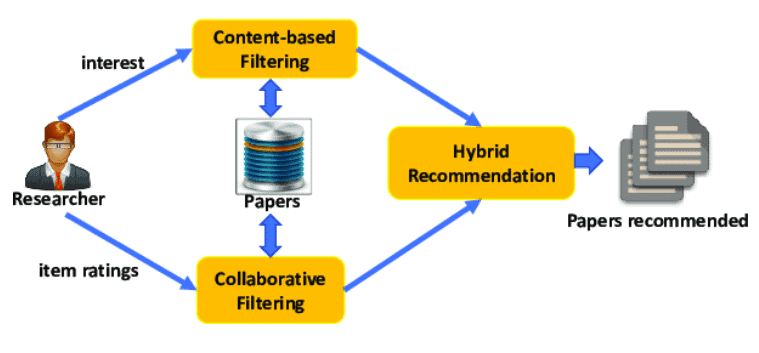
For example, a hybrid system might use collaborative filtering to identify users with similar tastes and then, switch to content-based filtering to fine-tune recommendations based on the specific attributes of the content. By combining these approaches, hybrid models can overcome some of the limitations inherent in individual techniques and deliver more effective personalization.
Deep Learning Models
In recent years, Deep Learning (DL) has revolutionized the field of content personalization. DL models, such as neural networks, are capable of automatically learning intricate patterns and relationships within vast datasets. For example, they might use natural language processing techniques to understand the context and sentiment of text-based content or image recognition algorithms to analyze the content of photos and videos.
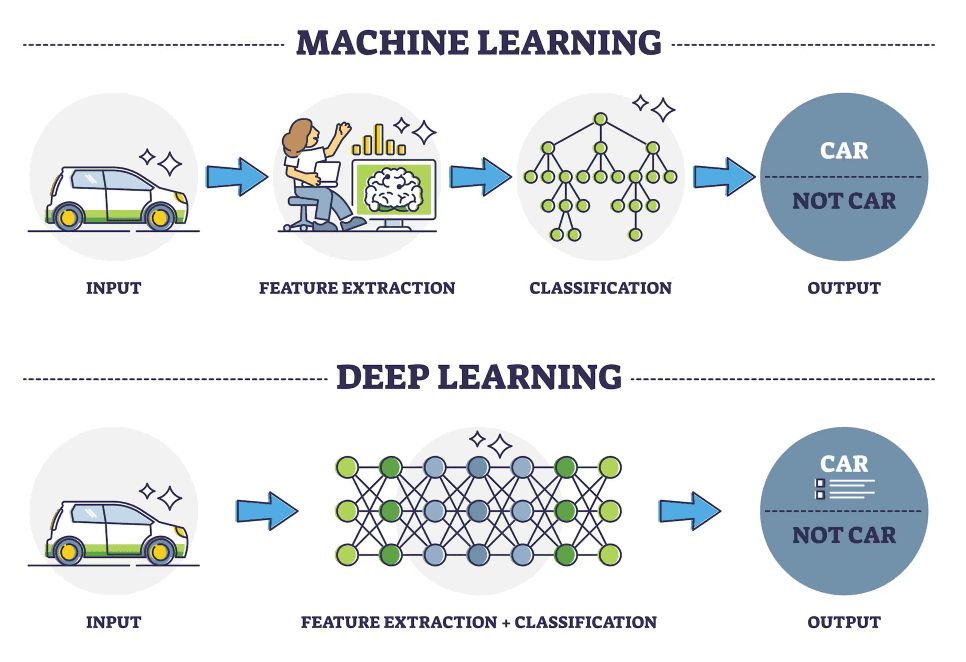
By capturing complex user preferences and content characteristics, DL models can deliver hyper-targeted recommendations that anticipate your needs and preferences with astonishing accuracy. Whether it’s predicting which products you’re likely to purchase or recommending music that matches your mood, they take personalization on SM to the next level. To truly understand how AI tackles complex challenges, a machine learning course can provide insight into the algorithms and techniques behind these smart problem-solving systems.
Real-Life Examples of Using ML for Content Personalization
The use of ML for content personalization is our daily reality, and the whole approach will keep gaining pace and evolving. It will bring more innovations and become more sophisticated by embracing emerging tech advancements and trends. Today, though, bigger names with global reach and impact are already actively using ML algorithms to cater to their users’ tastes and preferences.
Netflix
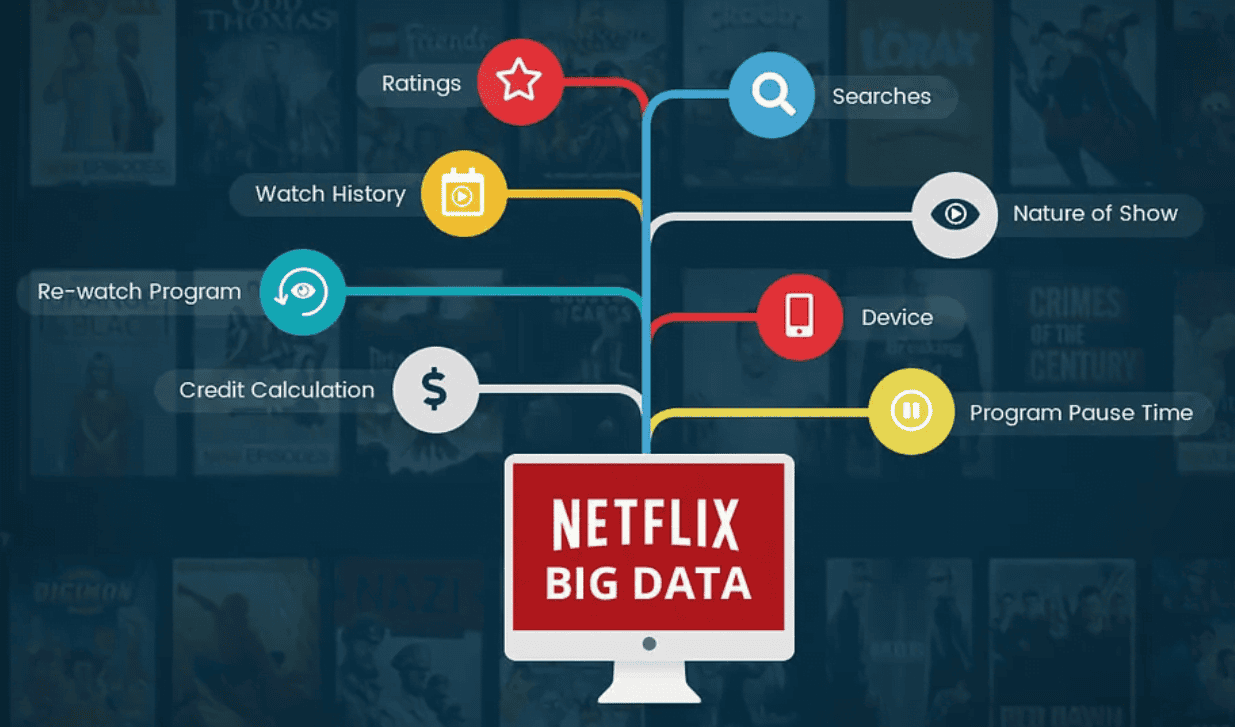
Netflix’s recommendation system hinges on a high-end ML algorithm that analyzes your viewing history, ratings, and interactions to provide individual recommendations. It looks into what you’ve watched in the past and what you’ve enjoyed to suggest shows and movies that are tailored to your tastes, making it easier than ever to find your next binge-worthy obsession.
But Netflix doesn’t stop there. The platform also takes into account factors like time of day, day of the week, and even your location to further refine its suggestions. So whether you’re in the mood for a gripping crime thriller or a feel-good romantic comedy, Netflix has got you covered.
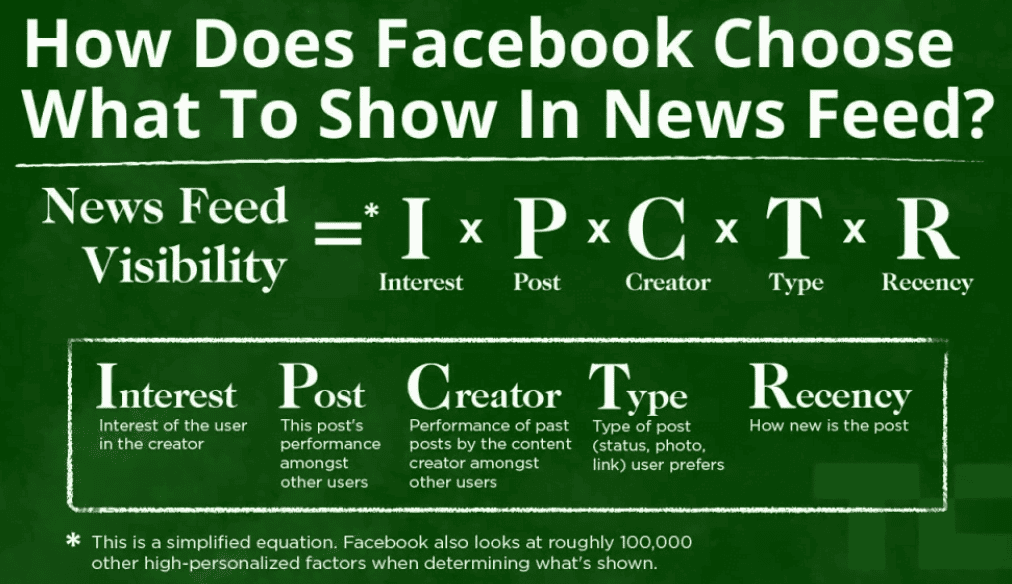
Facebook boasts a top-tier news feed algorithm capable of effectively processing and analyzing millions of content pieces. It analyzes factors like your past interactions, the type of content you engage with, and even how long you spend reading or watching certain posts to determine what to show you in your feed. It can prioritize content from friends, family, and pages you follow that it thinks you’ll enjoy.
On top of that, it’s also about fostering meaningful interactions and connections. It takes into account factors like comments, shares, and reactions to determine which posts are the most relevant and engaging for you. In a word, Facebook’s news feed algorithm is built to help you make the most of your time on the platform and make you return for more time and again.
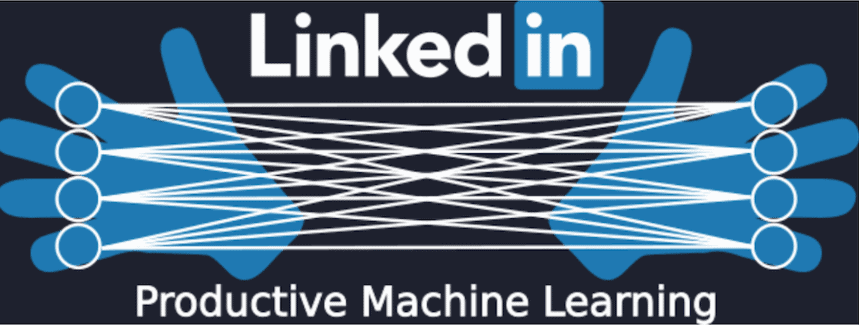
LinkedIn largely relies on ML algorithms to suggest relevant job openings, professional connections, and content such as articles, posts, and courses based on a user’s profile, interests, and interactions on the platform.
LinkedIn’s Talent Solutions uses ML to match job seekers with suitable job opportunities and assist recruiters in finding the right candidates for their job postings. Smart algorithms analyze candidate profiles, job descriptions, and historical hiring data to identify the most relevant matches based on skills, experience, and preferences. This helps both job seekers and recruiters save time and effort in the hiring process.
To Conclude
In an age of fierce competition for user attention, personalized content helps both users and content providers conveniently navigate a sea of digital noise. It keeps users hooked, fosters meaningful connections, and fuels the success of social media platforms.
In the meantime, ML is the driving force behind personalized content on SM, helping create custom-tailored experiences that delight users, drive engagement, and enhance platform success. From simply suggesting interesting content to matching users with job opportunities and products they’ll love, machine learning revolutionizes the way we interact with social media and shapes the future of digital content consumption.
